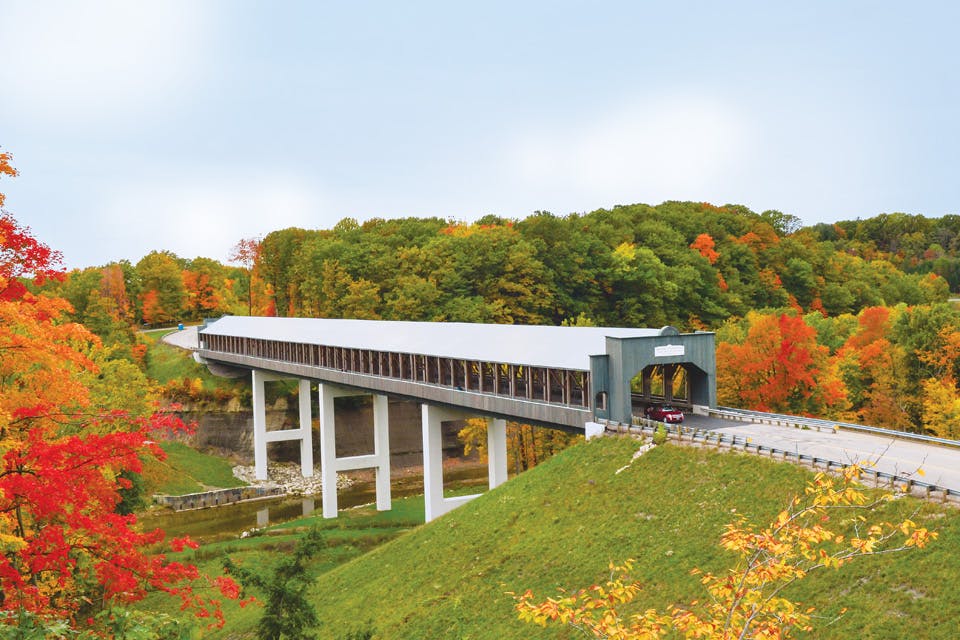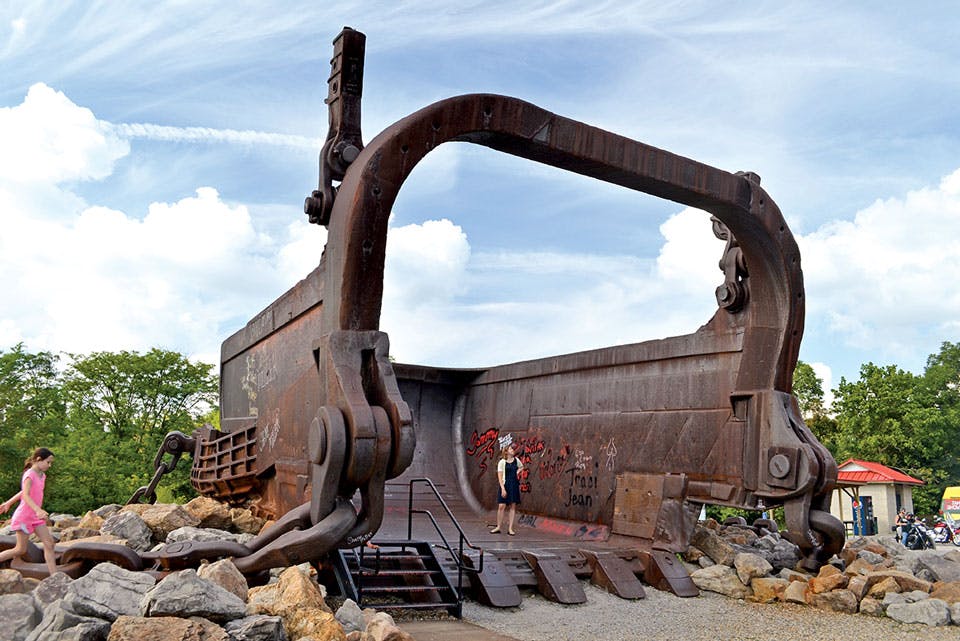Ohio Life
Big Muskie’s Bucket
Throughout the 1970s and 1980s, the gargantuan machine extracted more than 130 million tons of coal from a 125,000-acre surface mine.
Related Articles

Roadside Ohio: Wildlife & Natural Wonders
Immerse yourself in Ohio’s natural beauty, from wildlife encounters with rescued birds at the Ohio Bird Sanctuary or marveling at the stunning rock formations of the Ohio Caverns. READ MORE >>

Roadside Ohio: Unusual Museums and Objects
From neon signs and vintage televisions to troll dolls and cardboard boats, explore these truly one-of-a-kind exhibits. READ MORE >>

Roadside Ohio: Man-Made Marvels
Explore these testaments to creativity and ingenuity that can be found across Ohio, from a re-created Wild West town to the nation’s oldest mini-golf course. READ MORE >>



